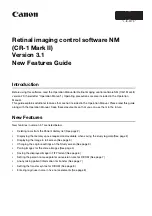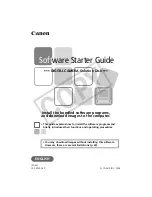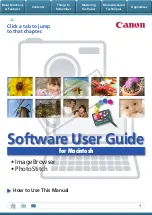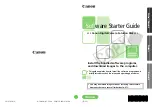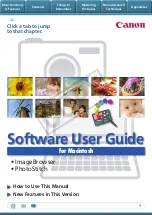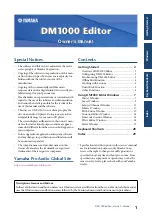
A V G A nti- V irus Bus ines s E dition 2 0 1 1 © 2 0 1 0 C opyright A V G T ec hnologies C Z, s .r.o. A ll rights res erved.
2 2 2
by e-mail). Click
Send
for sending the contents directly:
Fill in your e-mail address and briefly describe your problem with the station to
the next field. If you need to enclose some additional files (e.g. a screenshot or
some logs previously requested by AVG Technical support), use the
Attach
button to choose them now. To remove an unwanted attachment, select it and
use the
Remove
button.
If you use proxy server in your network, fill in also your proxy server details by
opening the
Proxy settings
dialog.
To complete the process click the
Send
button.
·
Show Event history log
- will show Event history log of the chosen station.
10.7.2. Station Groups
The administrator can define station groups as the need arises. All objects included in
the group then take the configuration set up for this group.
This way the administrator can define the group configuration, and change the
configuration previously set for a specific station by simply assigning the station into a
group. Station assignments into groups make administration much easier, and should
be used if the number of stations exceeds the number of records for one screen (i.e.
approximately 20-25 objects).
The procedure of creation and administration of station groups is the same in both
cases. The following text describes the respective procedure for stations:
·
Create a new group































